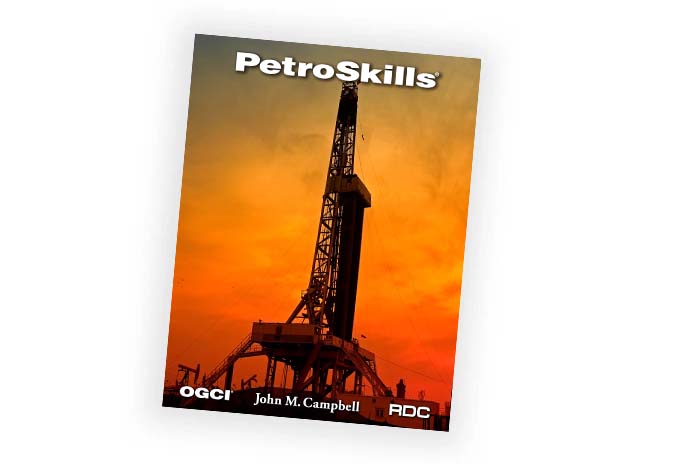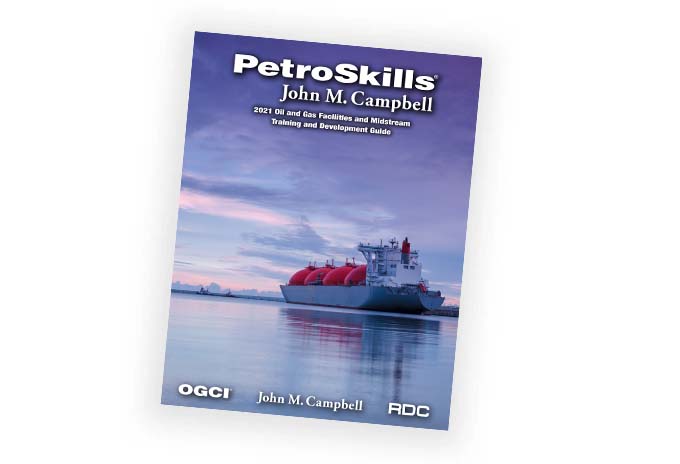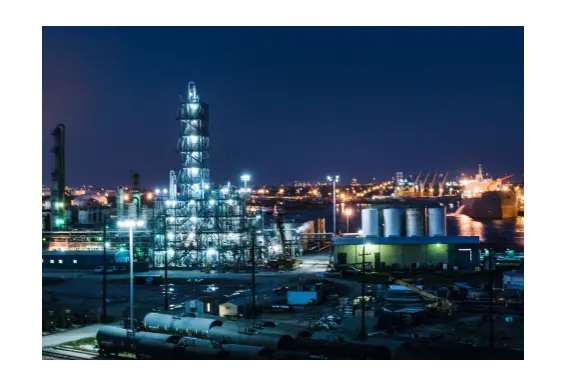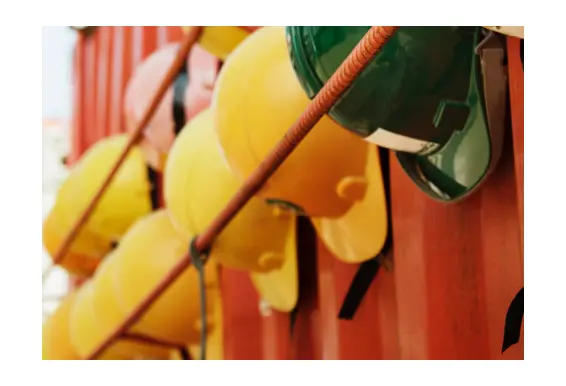Electrical Submersible Pumps - ESP
About the Course
ESPs have advantages over some of the other artificial lift methods because they can generate a higher formation drawdown and achieve a higher rate. However, their performance is impacted by gas interference and formation sand production, both of which have to be addressed when setting ESPs in production wells. This course will familiarize the user with the ESP system and it's optimum application. All components will be described in detail. The course uses computer software for numerous design and analysis class problems. Some films will be shown to illustrate installation, operation, and removal of failed equipment, new products, and best practices. Discussion is encouraged concerning experiences of successes and failures. Comparisons are made to other lift methods to help facilitate the optimum method selection.
Problems related to solids production, gas handling and viscosity are addressed. Best practices are stressed throughout so that a long lasting system can be designed to achieve optimum well performance. SCADA controls and VSDs are discussed. Participants will learn the function of each component, and important considerations about installation, operation, and removal of failed equipment. Participants will be able to evaluate the design of a system for current and future conditions, analyze an installed system, and review multiple operational aspects of the ESP system. Although the course uses industry computer software for design and analysis, much of the material is devoted to best practices, which is useful to both engineers and technicians. Deviation is not such a problem with ESPs but is discussed nonetheless. The common practice of using ESPs in unconventional wells with sharply declining production rates is also discussed.
Target Audience
Engineers and field technicians who are responsible for the selection, operation, and maintenance and monitoring of ESP systems.You Will Learn
Participants will learn how to:
- Optimize well productivity using ESP systems
- Identify the function of each component of the ESP system, and to select optional components and add-ons
- Design and analyze a system using computer software
- Apply best practices to extend system life
- Optimize system power efficiency
- Manage gas, solids, corrosion, and viscosity associated with produced fluids
- Determine if an ESP system is the optimum artificial lift system for a given producer
- Monitor system performance using the different types of sensors available
Course Content
- Introduction to artificial lift and electrical submersible pumping
- Reservoir and production considerations for ESP installation
- Description of every component comprising the electrical submersible system
- Installation considerations and important best practices to apply
- Design of an ESP system to fit current and future well conditions
Product Details
Categories:
UpstreamDisciplines:
Production and Completions EngineeringLevels:
IntermediateProduct Type:
CourseFormats Available:
In-ClassroomInstructors:
Kenneth SavethAdditional
Request a Public Session
If you are interested in a public session of this course, please click the button below to request it.
Request Public SessionIn-House Training
This course is also available upon request as a private, on-site seminar. Contact us for details and pricing.
Request In-House TrainingNeed Help
Contact us if you have additional questions about how to register for or attend this course.
Contact Us



